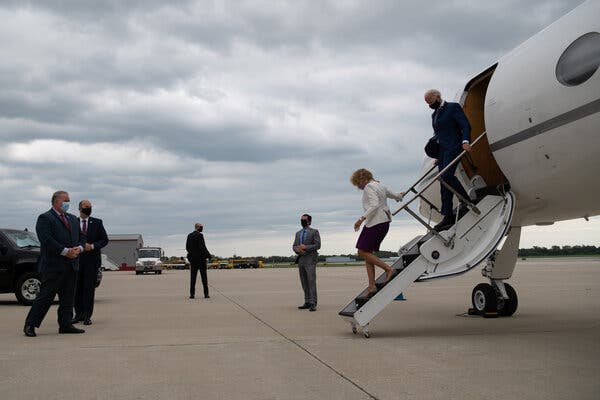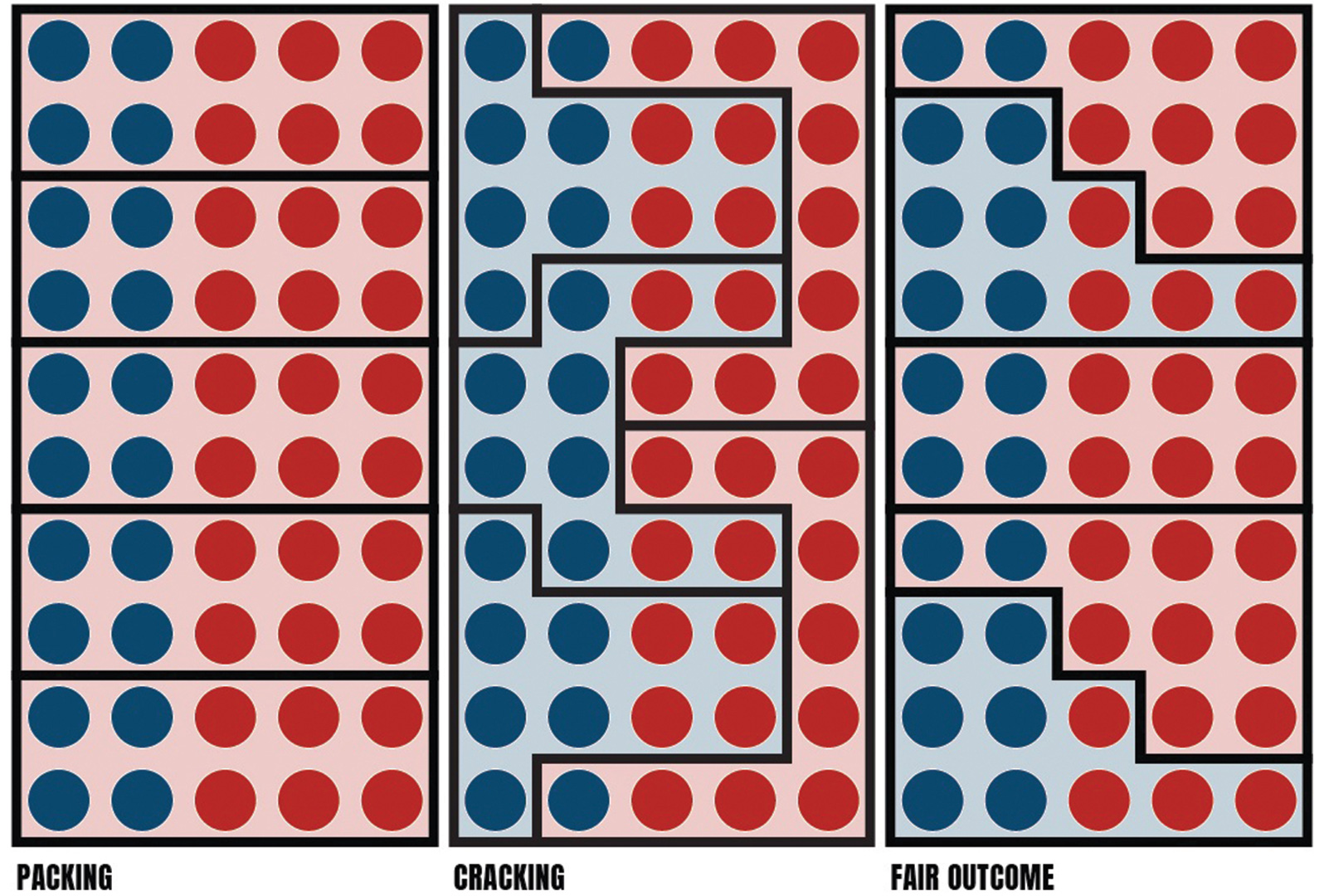Advertisement
Construction of President Trump’s border wall has been slow going, in part because the Texans who own the land have to be coaxed or coerced to sell it, whether they want to or not.

PROGRESO, Texas — Two days after giving the federal government his signature, Richard Drawe paused with his wife and mother on a levee that his family has owned for nearly a century to watch the cranes and roseate spoonbills.
A border wall that he reluctantly agreed to put on his land will soon divide this Texan family from the whole scene: the levee, a lake, an onion field and all of those birds.
Mr. Drawe, 69, doubts the wall will do much to stop illegal immigration, and though he supports the president who ordered it, he believes that the construction will “ruin” his life. But selling the land early on seemed better and cheaper than facing the government in court, only to have it take the land anyway, he reasoned.
The wall, the lights and the roads will be built on about a dozen acres that his grandfather bought in the 1920s, and that will cut him off from the priceless views of the Rio Grande that he cherishes.
“We just finally gave up,” he said. “If they offered me a million dollars to build the wall, I would refuse it if I knew they wouldn’t build it. I don’t want the money. This is my life here.”
The White House is hoping more landowners along the border will make the same decision — and help President Trump deliver on his campaign promise to build 450 miles of new border wall by 2021.
The list of challenges still facing Mr. Trump’s “big, beautiful” wall include an investigation into construction contracts, funding delays and a recent legal decision blocking emergency access to Defense Department funds to build it. The nationwide injunction has, for now, curtailed wall work on 175 miles in Laredo and El Paso, Texas; in Yuma, Ariz.; and in El Centro, Calif.
But access to private land like Mr. Drawe’s may be the tallest barrier standing between the president and his wall.
The administration has thus far built only 93 miles of the new wall, nearly all of it on federal land where dilapidated barriers existed or vehicle barriers once stood, according to Customs and Border Protection. The border wall’s final path is not yet set, but 162 miles of it will run through Southern Texas, and 144 miles of that is privately owned, according to the border agency. The Trump administration has acquired just three miles since 2017.
Mark Morgan, the acting commissioner of Customs and Border Protection, raised doubts about meeting the administration’s deadline.
“It’s hard right now to say whether we’re still going to meet that goal,” Mr. Morgan said of building the wall by 2021. “But I’m confident we’re going to be close.”
Throughout Mr. Trump’s term, the White House has pushed the Department of Homeland Security to speed wall construction, an effort that has been led most recently by Jared Kushner, the president’s son-in-law. As the sense of urgency has grown, Mr. Trump — no stranger to the powers of eminent domain — has suggested during meetings to “take the land” of private landowners.
The law is on the administration’s side. Eminent domain lawyers and scholars said in interviews that landowners along the border have limited options once they receive a request from the government.
They can voluntarily allow the authorities to access and survey their land and, if officials decide they want it, accept the government’s offer. Or they can be taken to court where they can argue for higher compensation.
But under the law, even before the landowners are paid in full, the government can begin construction.
By using eminent domain powers, federal lawyers can argue in court that the construction of the wall is an emergency, which almost always results in the court granting the government physical possession of the land, according to Efrén C. Olivares, a lawyer with the Texas Civil Rights Project. The government can then begin building — even as landowners litigate for full pay for years.
“It’s like agreeing to sell your house, but only after do you agree on a set price,” Mr. Olivares said.
The United States brought more than 300 cases against landowners for their property after President George W. Bush signed a bill to begin installing fencing along the border in 2006, according to the Texas Civil Rights Project. Just 46 of those cases are still open.
The government reached a settlement to acquire the land of most of the other property owners, and some of that fencing is now turning into a more substantial wall. Many landowners voluntarily let the government access their lands, Justice Department officials said.
The Trump administration has picked up where the Bush administration left off, filing 48 lawsuits to survey and begin work on other parcels of property.
“They’re going to acquire the land for their wall, whether you negotiate with them upfront or they end up filing a lawsuit and taking it by a declaration of taking,” said Roy Brandys, a lawyer specializing in eminent domain who represented Mr. Drawe.
Adding to the heartache is where the wall is actually going. The construction is not on the border, which runs along the Rio Grande. It is well within the American side.
Mr. Drawe will lose easy access to the land between the wall and the river — about 350 of his 525 acres. The government has agreed to pay him about $42,000 for the 12 acres that the wall will be built on and about $197,000 to compensate for depressing the value of his farm, Mr. Drawe said. Gates are supposed to provide access to his property south of the wall.
By Mr. Drawe’s reckoning, that might be of limited value. He has found packages of drugs on his farm before, he said, and is concerned that the cartel members that Mr. Trump cites as the reason for the construction will take control of all the land south of the wall.
“If the wall goes up,” Mr. Drawe said, “it will be the new border.”
Becky Jones is preparing for a fight. The Trump administration recently sent Ms. Jones, 69, and her family a letter saying that it was preparing to take them to court if they did not allow the government to survey their farmland for border wall construction.
For Ms. Jones, the construction undercuts language in Congress’s 2019 spending bill that said land within the Santa Ana Wildlife Refuge adjacent to her property would be exempt from the wall. She said the construction, which will run on the road alongside the refuge, will harm the wildlife she grew up admiring.
“Forget deplorable Americans,” she said, “you’re disposable Americans if you happen to be on the south side of the wall.”
Ms. Jones and Mr. Drawe said they support Customs and Border Protection and border security. They just wish the administration would focus on changing the nation’s immigration laws, adding agents and paying for technology to monitor the border instead of building an ineffective wall.
To prove that point, Mr. Drawe produced a wooden ladder that he said was left abandoned by migrants in his fields near an old section of border wall. This month, a video of a migrant using a ladder to scale one side of the newly constructed wall and then slide down to El Centro, Calif., went viral.
Customs and Border Protection officials said the video showed the wall worked as planned: It slowed the migrant down long enough for agents to arrest the 16-year-old Mexican teenager.
Officials with the Border Patrol said they were similarly not worried about migrants using power tools to cut through the wall. Despite Mr. Trump’s boast of a “virtually impenetrable” barrier, Customs and Border Protection officials know full well breaches are coming and have lined up repair money from a $107 million infrastructure fund.
“When we see that this country is at the crisis that it’s in, we need to take steps that may not be popular with everybody,” said Carmen Qualia, the Rio Grande Valley assistant chief patrol agent. “But our responsibility has not changed.”
In fact, the reality at the border has changed since Mr. Trump declared a national emergency.
His administration has severely limited the American asylum program, forcing more than 55,000 migrants to wait in Mexico for the duration of their cases. It has signed deals that return families to Central America and limited the number of families who are released into the public with notice to return to immigration court.
Those policies and colder weather have pushed down arrests at the border by more than 70 percent since May, the height of the crossings this year, to 42,649 in November. And the demographics of those crossing are shifting from Central American families to Mexicans, who are easier to deport.
And while many of the migrant families surrendered to agents to request asylum last spring, agents along the border said they were preparing to see individuals take a more dangerous route to the United States as a result of Mr. Trump’s strict policies.
In the past three months, agents have found migrants hiding in a tractor-trailer in Texas and others hiding in furniture and washing machines in San Diego.
A 29-foot unfinished tunnel extending into Mexico was found in Nogales, Ariz. Immigration and Customs Enforcement found two pounds of heroin in another tunnel in the city in recent days. Customs and Border Protection intercepted $500,000 worth of methamphetamine and fentanyl on a remote-controlled ultralight plane in Tucson in May.
“It’s almost like the wall is obsolete at that point,” said Michael Maldonado, the 30-year-old son of Pamela Rivas, a landowner who has been fighting the government in court for 11 years.
The federal government took Ms. Rivas to court in 2008 to acquire portions of her land, which surrounds the Los Ebanos, Texas, port of entry to Mexico. Ms. Rivas has refused to agree to a payment, hoping her intransigence will delay the government’s plans.
The government has not begun construction on her property yet, but it has secured possession of some of it, meaning the project can begin at any point, according to her lawyer, Mr. Olivares.
Border Patrol agents regularly travel the dusty area, driving past the Rivas family’s dilapidated shack that used to operate as a souvenir store. The land has been the family’s since 1890, and they have so far outlasted the efforts of two presidents.
“The longer that we can endure it, maybe something might change,” Mr. Maldonado said. “Maybe a new administration comes in and says, ‘You know, we’re not going to deal with this.’”
Kitty Bennett contributed research.



